Ammonium Sulphide Yellow 20%
₹0.00 – ₹1,200.00
Ammonium Sulphide Yellow 20% refers to an aqueous solution containing ammonium sulphide, characterized by its distinct yellow color and strong ammonia-like odor. It’s a chemical reagent primarily used in laboratory settings for qualitative analysis and certain industrial processes, and requires careful handling due to its potential to release toxic hydrogen sulphide gas.
Ammonium Sulphide Yellow 20% describes an aqueous solution of ammonium sulphide, (NH₄)₂S, at a concentration of approximately 20%. This solution is characterized by its intense yellow color and a strong, pungent odor due to the presence of ammonia and hydrogen sulfide. It's a reagent primarily used in laboratory settings and some industrial applications, but its handling requires caution due to the potential release of toxic gases.
Chemical Properties and Characteristics:
- Chemical Composition: An aqueous solution of ammonium sulfide, (NH₄)₂S.
- Concentration: Approximately 20% (w/w).
- Appearance: Yellow liquid. The yellow color is due to polysulfides that form.
- Odor: Strong, pungent odor, resembling ammonia and rotten eggs, caused by the release of ammonia (NH₃) and hydrogen sulfide (H₂S).
- Chemical Nature: It's an alkaline solution.
- Instability: Ammonium sulfide is unstable in solution, particularly in the presence of air, and decomposes over time.
- Reactivity: It's a strong reducing agent.
- pH: Highly alkaline.
Applications and Uses:
- Qualitative Analysis: Primarily used in laboratory settings for qualitative analysis, particularly in the precipitation of metal sulfides.
- Metal Processing: In some industrial applications, it's used in metal processing, such as in the treatment of certain ores.
- Chemical Synthesis: It can be used as a reducing agent in some chemical synthesis.
- Photography: Older photographic development processes used it.
Safety Considerations:
- Toxicity:
- Hydrogen sulfide (H₂S) is highly toxic and can cause serious health problems, including respiratory failure and death.
- Ammonia (NH₃) is also an irritant and can cause respiratory problems.
- Corrosivity: The solution is corrosive to skin and eyes.
- Flammability: Hydrogen sulfide is flammable.
- Handling Precautions:
- It's essential to handle this solution in a well-ventilated area, preferably in a fume hood.
- Appropriate protective equipment, including gloves, eye protection, and respiratory protection, should be used.
- Avoid contact with acids, as this can release large amounts of hydrogen sulfide.
- Storage must be in tightly sealed containers.
- Environmental Concerns: Hydrogen sulfide is also an environmental hazard.
Key Points:
- Ammonium sulfide yellow 20% is a hazardous solution that requires careful handling.
- Its primary use is in qualitative analysis, but it has some industrial applications.
- The release of toxic hydrogen sulfide gas is a significant safety concern.
Additional information
| Weight | N/A |
|---|---|
| CAS number | 12135-76-1 |
| Chemical formula | (NH₄)₂S |
| Molar mass | 68.14 g/mol |
| Physical state | Yellow liquid |
| Odor | Very strong, pungent odor of ammonia (NH₃) and hydrogen sulfide (H₂S). |
| Melting point | NA |
| Boiling point | NA |
| Density | 1.1 g/cm³ |
| Solubility in water | Highly soluble in water. |
| Flash point: | Flammable due to the presence of hydrogen sulfide (H₂S). |
| Autoignition temperature | NA |
| Dye Content | NA |
| Vapor pressure | Significant, due to the release of NH₃ and H₂S gases. |
| UN number | 2683 (Ammonium sulfides, solution) |
| Flammability | Flammable |
| Carcinogenicity | NA |
| Grade | CP |
| Size | 500 ml, 5 Ltr, 25 Ltr |
Only logged in customers who have purchased this product may leave a review.

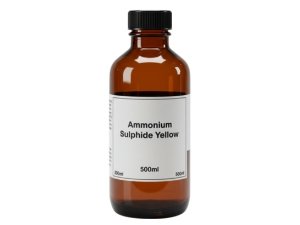
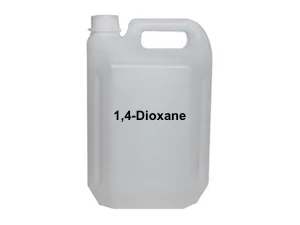

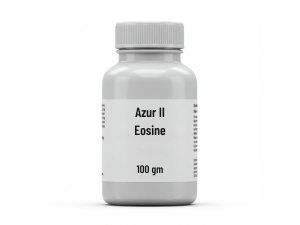
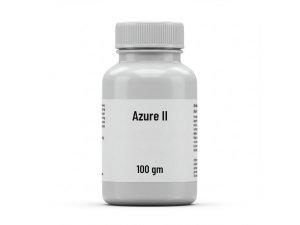
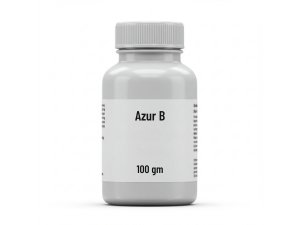
Reviews
There are no reviews yet.